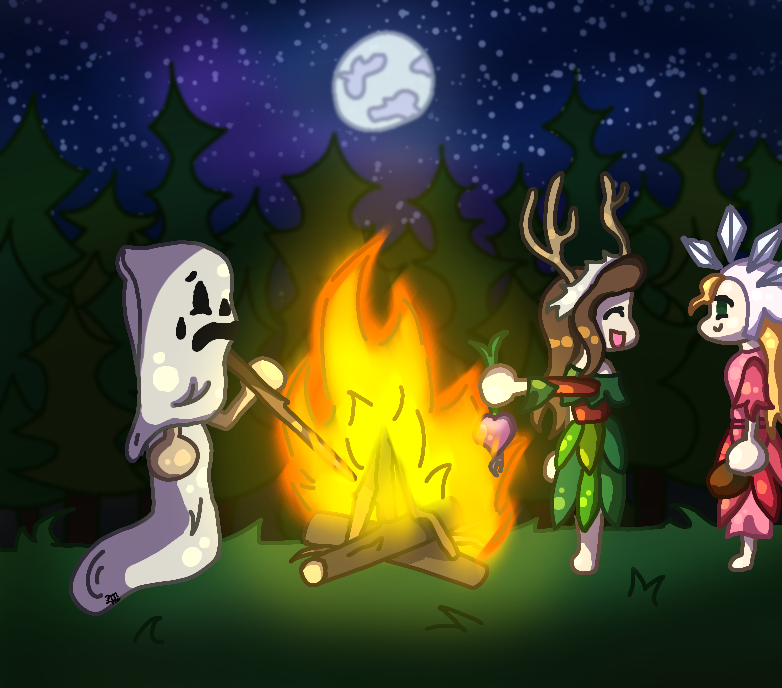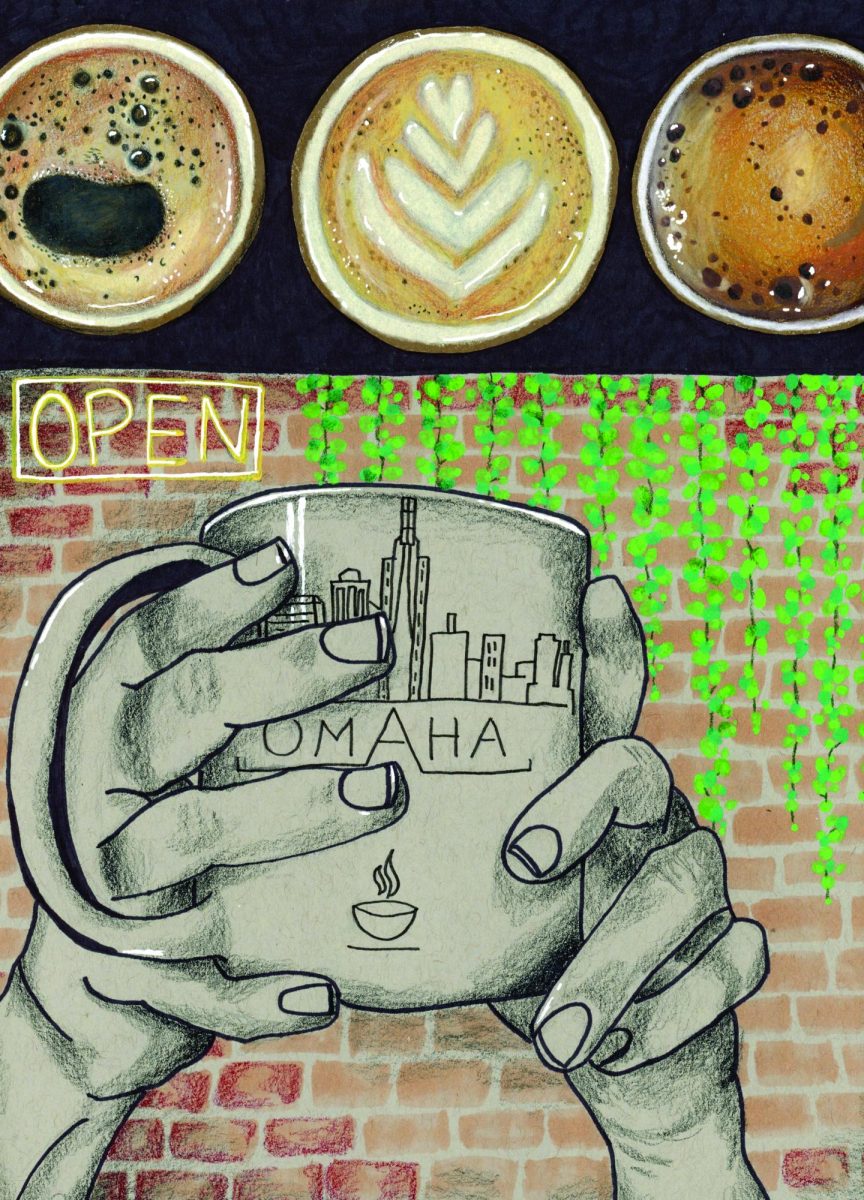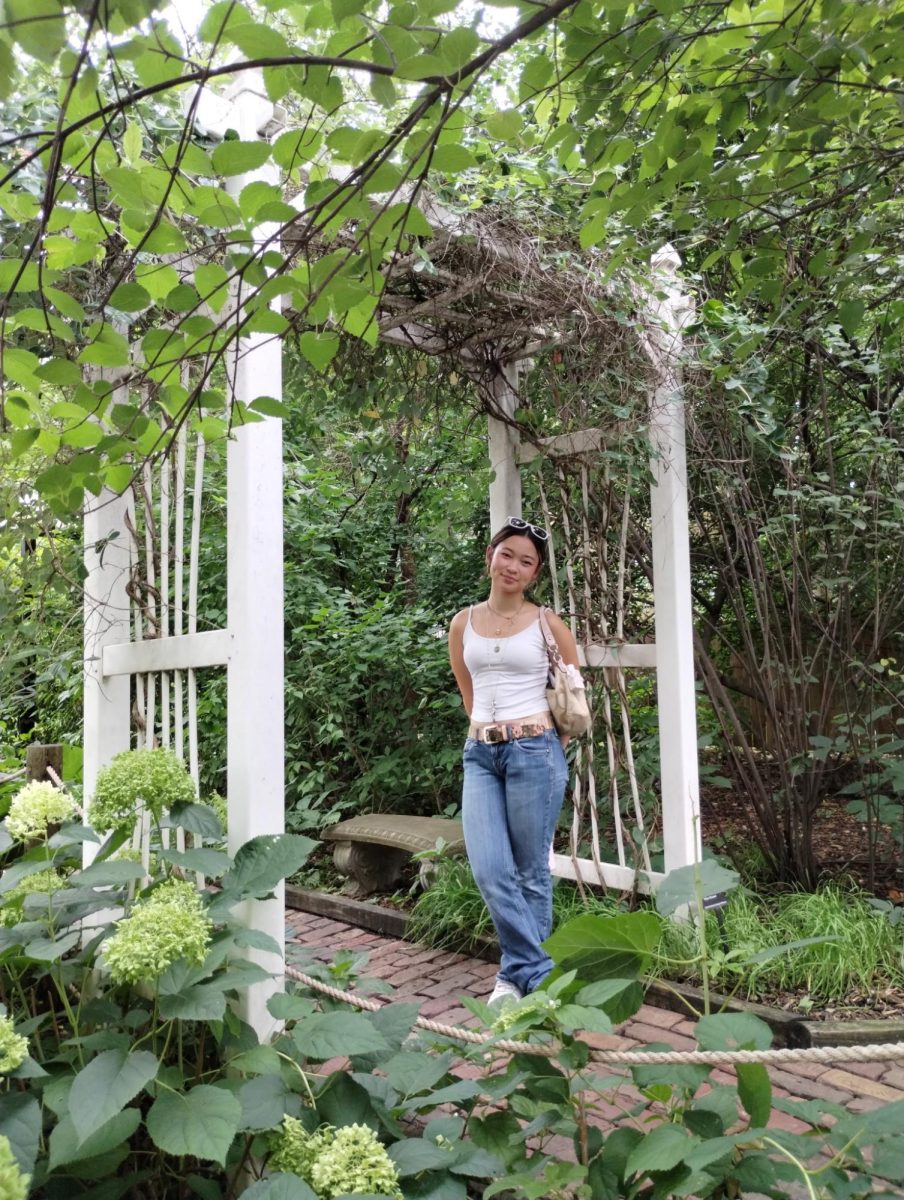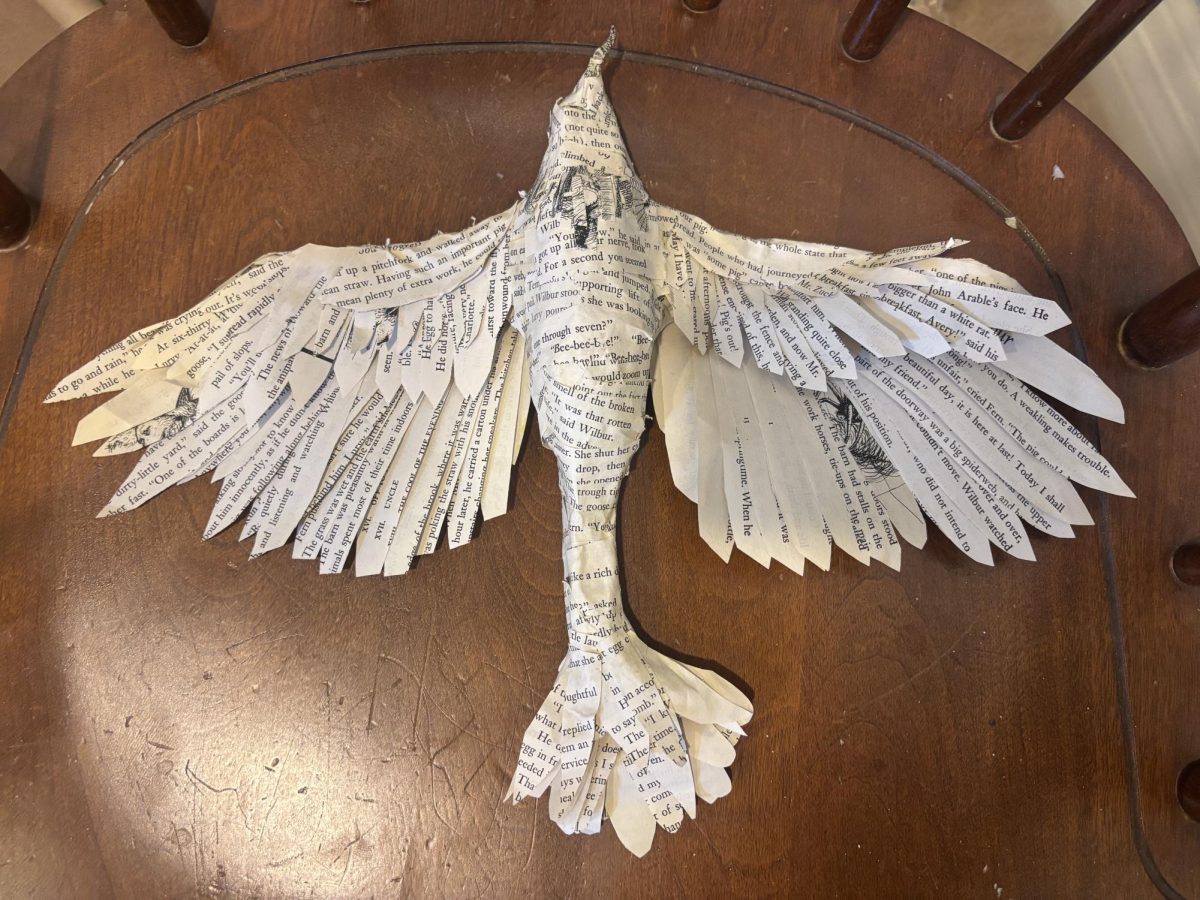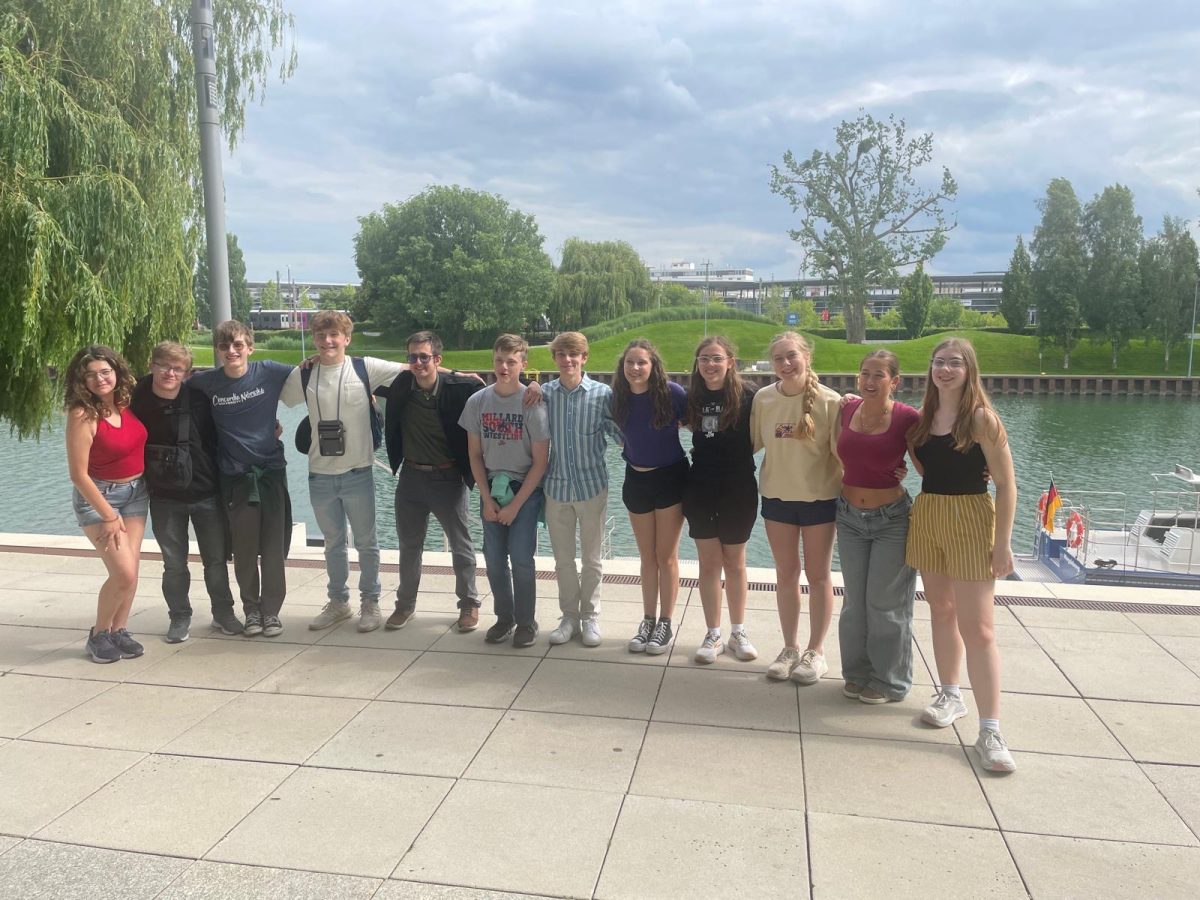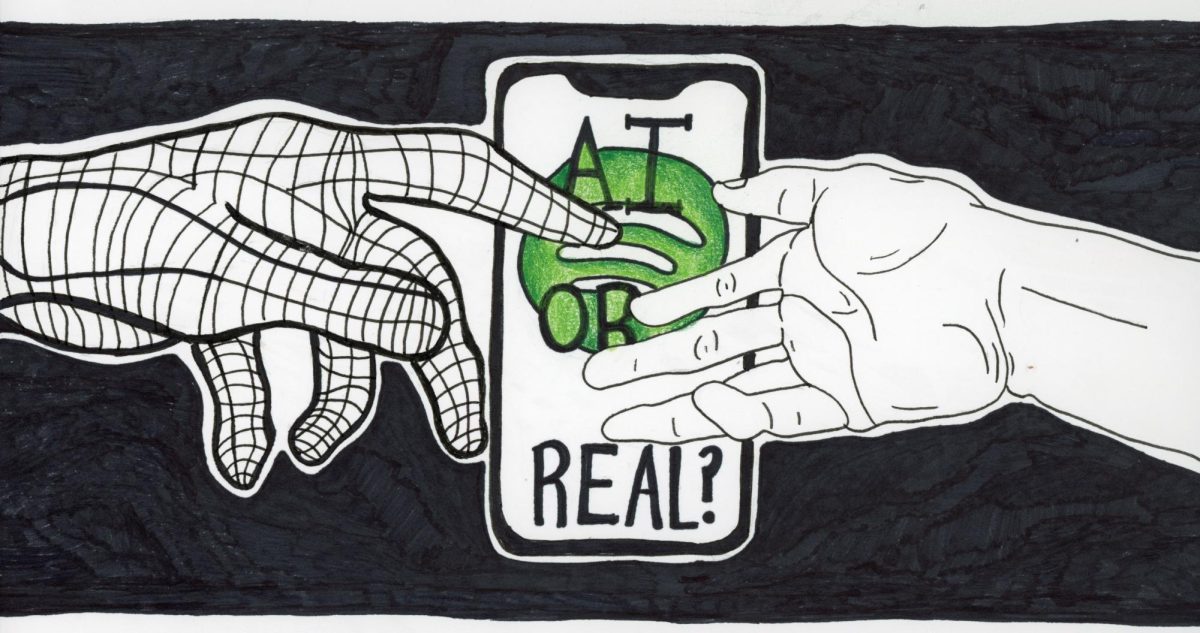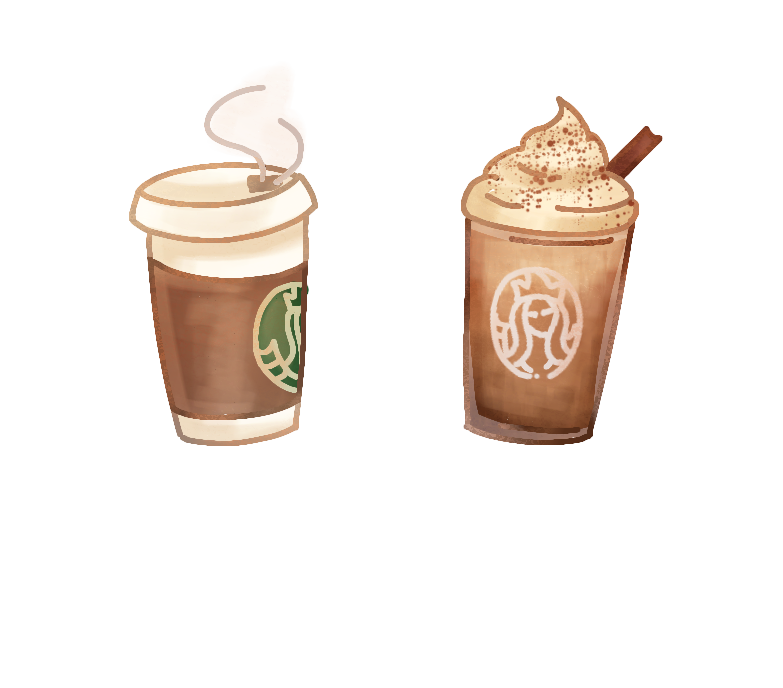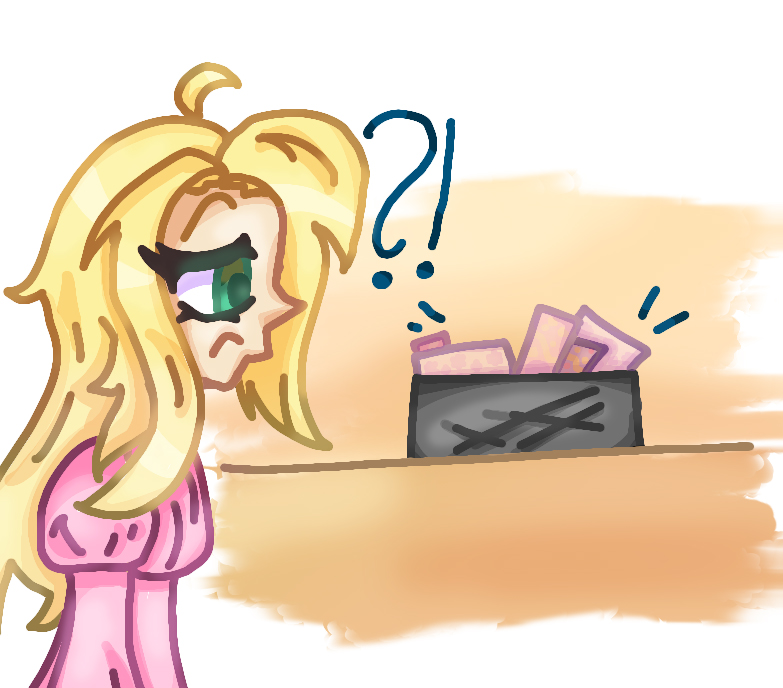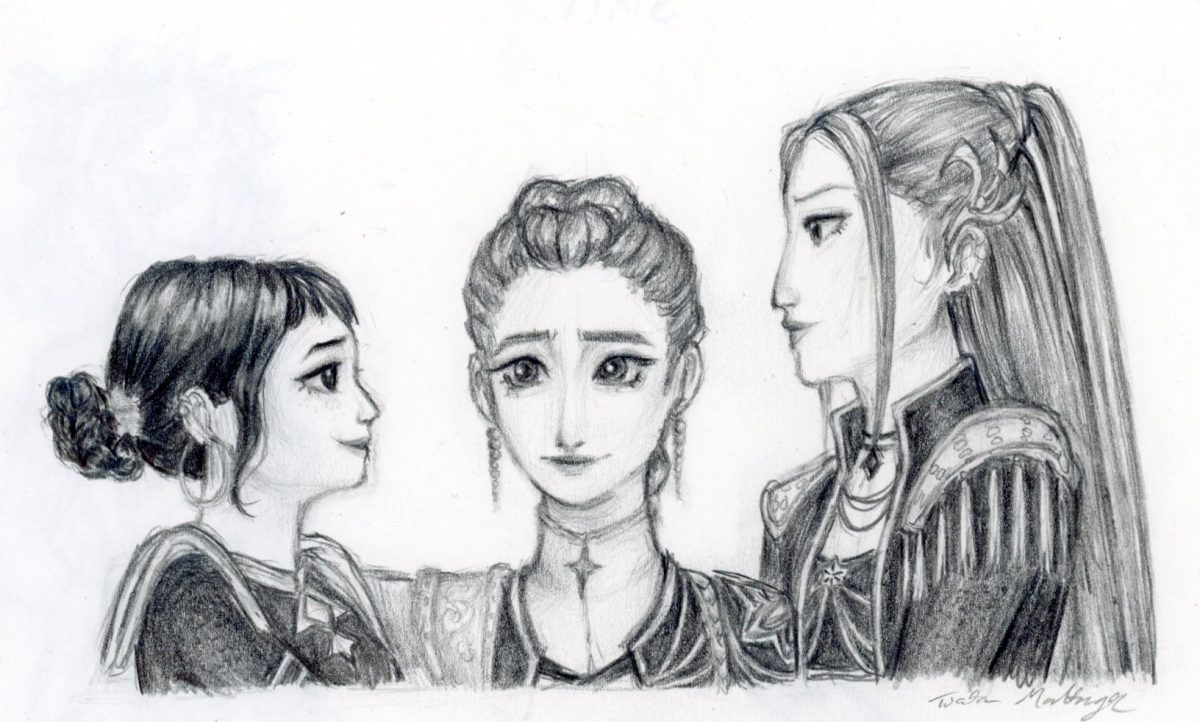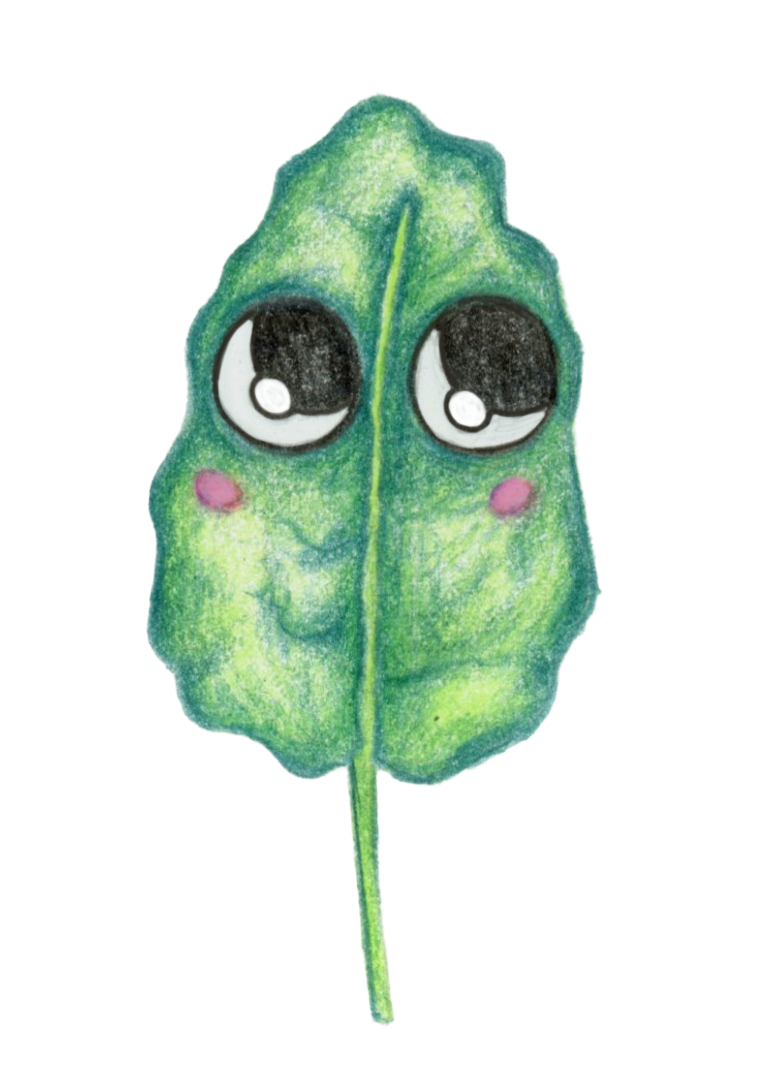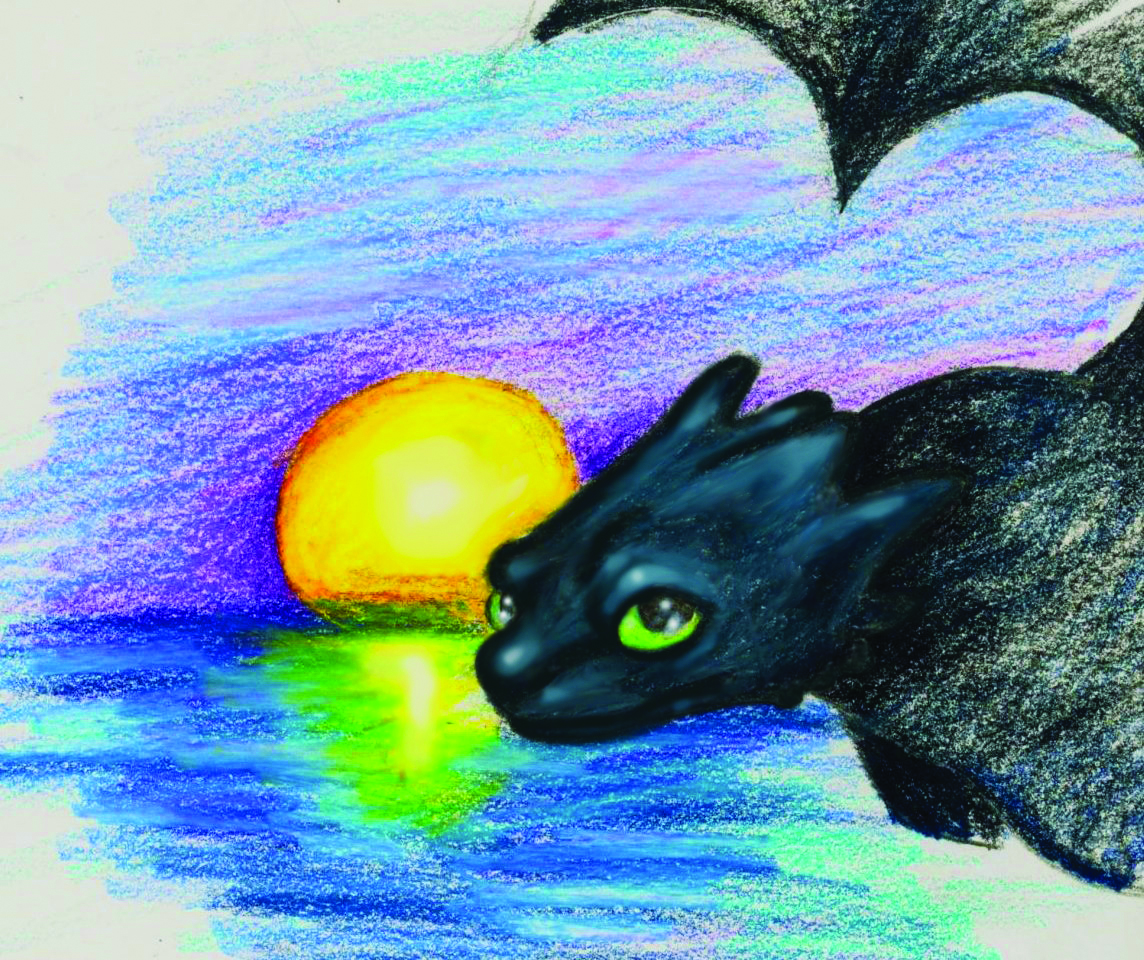On Oct. 31 neighborhoods come alive with a multitude of costumes and candy, but the roots of Halloween stretch back to ancient times. Exploring the history of this eerie holiday can give us a greater understanding of it, and its evolution over time.
Halloween began about 2,000 years ago as the Festival of Samhain, a Gaelic word meaning a pagan religious celebration to welcome the harvest at the end of summer. The Celts created it to scare away ghosts and spirits. They lived in what is now Ireland, the United Kingdom, and northern France. During this time of the year, the Celts believed that the border between the worlds of the living and the dead thinned, allowing ghosts to return to Earth.
To celebrate this event Celtic Priests known as Druids would build giant bonfires, where people would gather to burn crops and animals as sacrifices to Celtic deities. During this celebration, the Celts would dress up in various costumes and attempt to read one another’s fortunes as well as tell stories. Once the celebrations had ended they would use the wood from the bonfire to re-light their home hearths as a form of protection for the winter season.
The Halloween tradition continued to evolve over the centuries. When the Romans conquered the Celts in 43 A.D., they began to merge two festivals of Roman origin with the traditional Celtic celebration of Samhain.
First was Feralia, a day in late October when the Romans traditionally commemorated the passing of the dead. Second was a day to honor Pomona, the Roman goddess of fruit and trees. Pamona’s sacred symbol was the apple, so when that was combined with the Festival of Samhain the tradition of bobbing for apples was soon born.
The spread of Christianity into Celtic lands further evolved
the holiday. In the 18th century, Pope Gregory III designated November 1st as a time to honor all saints and martyrs which became All Saint’s Day, a holiday that incorporated some traditions of Samhain. The evening before later became known as Hallows Eve and then eventually as Halloween.
Over time Halloween evolved into what we are more familiar with today. Its start in our country began in colonial times. Because of religious beliefs, the celebration was highly limited in the New England region, but it was far more popular in Maryland and the southern colonies.
As the beliefs and customs of different groups from Europe merged with that of Native Americans a new distinct version of Halloween emerged. The first celebrations were called “play parties.” These celebrations included sharing stories of the dead, telling each other’s fortunes, dancing, and singing. This is essentially the same way the Celts celebrated the holiday minus the sacrifices.
While annual autumn celebrations were common in the mid-19th century, Halloween was not yet celebrated throughout the entire country. In the second half of the 19th century, immigrants flooded the country, most of them being the Irish who were fleeing their home country due to the potato famine. These new immigrants helped popularize the holiday throughout the country.
Taking from Irish and English traditions the term “trick or treat” was brought to life. Another popular Halloween activity, pumpkin carving originated in Ireland as well. Teen girls of that time believed they could divine the name or appearance of their future husband by doing tricks with yarn, apple parings, or mirrors; this is all too familiar of activities teens today might do.
Towards the end of the 1800s, Halloween became more about community get-togethers, and less about witchcraft, pranks, and ghosts. Later at the turn of the century parties became the most popular way to celebrate Halloween for adults and children alike.
Halloween is celebrated in various ways around the world but is still deeply rooted in its ancient origins. Whether you’re carving pumpkins or dressing up in costumes, understanding the colorful history of Halloween adds a layer of depth to the fun of the day.


